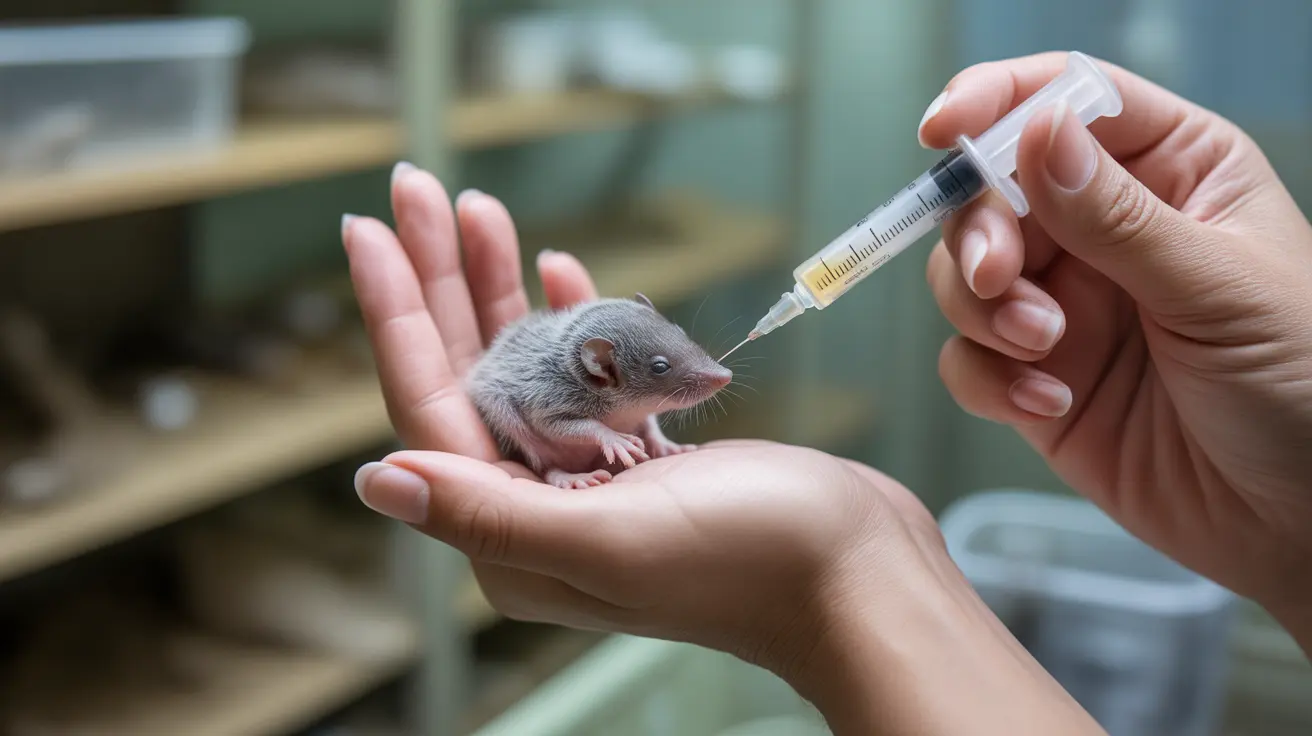Can Cats and Dogs Live Together? Understanding Interspecies Harmony
People often wonder if cats and dogs can share a home without constant conflict. Despite their differences in personality, instincts, and communication styles, many households enjoy the company of both species living side by side. Achieving harmony isn't automatic—it takes patience, careful introductions, and ongoing management.
The Nature of Cats and Dogs
Cats and dogs approach the world in distinct ways. Dogs are usually more social with humans and other animals, while cats tend to be independent and territorial. These differences can lead to misunderstandings or even antagonism during initial encounters. However, their natural tendencies don't doom them to conflict; with the right approach, they can coexist—and sometimes even become close companions.
Keys to Successful Introductions
- Gradual Introduction: Start by keeping your cat and dog in separate areas. Allow them to get used to each other's scent by swapping bedding or toys between them.
- Safe Spaces: Each pet should have its own core area for eating, drinking, resting, and toileting—free from intrusion by the other animal.
- Physical Barriers: Use baby gates or closed doors at first. This prevents chasing (which can trigger fear or aggression) and lets both animals feel secure.
If you raise a puppy and kitten together—ideally before the kitten is six months old and the dog is under a year—they're more likely to bond naturally. But even adult pets can learn to get along with careful management.
The First Face-to-Face Meeting
- Keep sessions short and calm. The dog should be on a leash; allow the cat freedom to approach or retreat as it wishes.
- Avoid restraining the cat during introductions—it needs an escape route to feel safe.
- Reward both pets for calm behavior using treats or gentle praise.
If either animal shows signs of fear or aggression (like hissing, growling, raised fur, or lunging), separate them immediately. Try again later when both are relaxed.
The Importance of Supervision
You shouldn't leave a new cat and dog alone together until you're confident they're comfortable with each other. One bad experience can cause lasting fear or hostility. Gradually increase unsupervised time only as trust builds between them.
Navigating Communication Differences
Cats and dogs speak different body languages—what signals excitement in one may signal agitation in the other. For example:
- A wagging tail means happiness for most dogs but can signal uncertainty in cats.
- Dogs often want to chase small moving animals; this triggers a cat's instinct to run away (or defend itself).
Over time—and with positive experiences—they'll learn each other's cues better. Still, it's wise to provide vertical spaces like shelves so cats can escape if they feel threatened.
Practical Tips for Peaceful Coexistence
- Let introductions proceed at the cat's pace, since they're usually more vulnerable.
- Praise dogs for staying calm around cats; discourage chasing or rough play.
- Mental stimulation (toys, puzzles) helps prevent boredom-based mischief in both species.
If you notice ongoing aggression or stress that doesn't improve with time, consult an animal behaviorist or veterinarian for guidance.
Lifelong Harmony—or Tolerance
Many multi-pet homes report that their cats and dogs become friends—playing together, grooming each other, even sleeping side by side. Others simply coexist peacefully by respecting each other's space. However, not every pairing works out; sometimes personalities just clash despite your best efforts.
Cultural Myths vs Reality
The saying "fight like cats and dogs" exaggerates typical behavior—domestic pets often surprise us by forming affectionate bonds across species lines when given support and structure from their human caretakers. That said, changes in routine or health problems can occasionally reignite tension even after years of peace—so keep an eye on group dynamics over time.
The Takeaway
Cats and dogs can absolutely live together. Success depends on thoughtful introductions, respect for individual needs, supervision during early interactions, and patience as relationships develop. Whether they become best friends or simply learn mutual tolerance, your efforts create a safer—and often happier—home for everyone involved.





